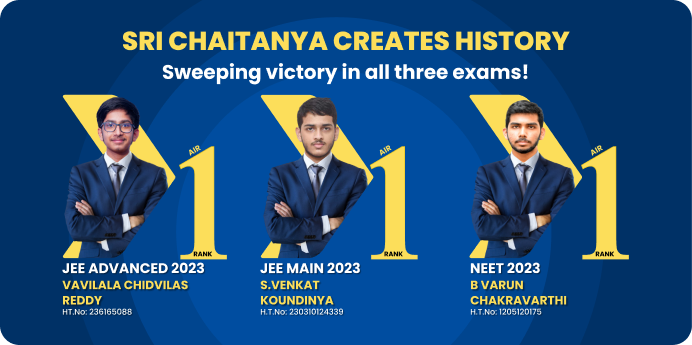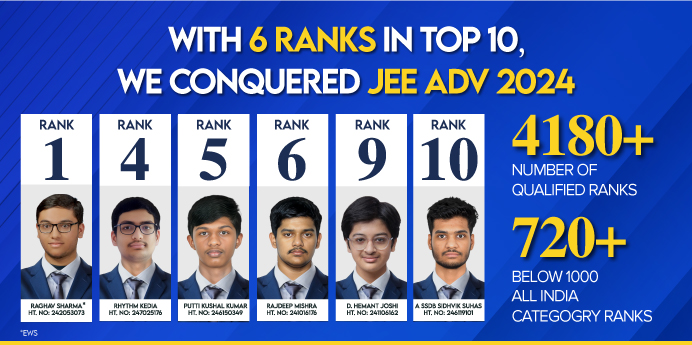










Courses

By Brijesh Sharma
|
Updated on 18 Sep 2025, 19:04 IST
In Class 12 Chemistry, this topic is very important for both board exams and competitive exams like NEET and JEE. To help students revise and practice, teachers suggest solving biomolecules class 12 mcqs because they cover important concepts in a simple and direct way. Practicing biomolecules mcqs class 12 gives clarity about carbohydrates, proteins, nucleic acids, vitamins and enzymes.
These mcqs on biomolecules class 12 are designed as per the CBSE Class 12 Chemistry Syllabus and are also linked with NCERT Solutions for Class 12 Chemistry. Many students also search for mcqs on biomolecules chemistry class 12 pdf to download and practice offline. Such question sets test both memory and understanding level. When students regularly solve biomolecules mcqs class 12, they improve their problem-solving speed and confidence in exams.
This collection of MCQs is prepared in a very simple language for easy reading. The MCQs questions are based on key topics given in NCERT Solutions and follow CBSE Board exam style. By using this resource, students will not only cover important points but also reduce exam stress.
Ques: Which of the following is a disaccharide?
Answer: Sucrose
Ques: The basic unit of polysaccharides is:
Answer: Monosaccharides
Ques: Starch is a polymer of:

Answer: Glucose
Ques: Cellulose is not digested in humans because:

JEE

NEET

Foundation JEE

Foundation NEET

CBSE
Answer: Humans lack cellulase enzyme
Ques: Which sugar is known as fruit sugar?
Answer: Fructose
Ques: Building blocks of proteins are:

Answer: Amino acids
Ques: Which bond joins amino acids in proteins?
Answer: Peptide bond
Ques: Which amino acid is essential for humans?
Answer: Valine
Ques: Proteins on hydrolysis give:
Answer: Amino acids
Ques: Hemoglobin is an example of:
Answer: Conjugated protein
Ques: Nucleic acids are made of:
Answer: Nucleotides
Ques: The sugar present in RNA is:
Answer: Ribose
Ques: In DNA, adenine pairs with:
Answer: Thymine
Ques: The number of hydrogen bonds between G and C in DNA is:
Answer: Three
Ques: Which of the following is not a purine base?
Answer: Cytosine
Ques: Enzymes are chemically:
Answer: Proteins
Ques: The part of an enzyme where a substrate binds is called:
Answer: Active site
Ques: Enzyme activity is affected by:
Answer: All of these
Ques: The first enzyme discovered was:
Answer: Urease
Ques: Which enzyme breaks down starch into maltose?
Answer: Amylase
Ques: Deficiency of Vitamin D causes:
Answer: Rickets
Ques: Vitamin C is also known as:
Answer: Ascorbic acid
Ques: Which vitamin is fat soluble?
Answer: Vitamin K
Ques: Vitamin A is essential for:
Answer: Vision
Ques: Deficiency of Vitamin B12 leads to:
Answer: Anemia
Ques: Fats are composed of:
Answer: Fatty acids and glycerol
Ques: Which of the following is a saturated fatty acid?
Answer: Stearic acid
Ques: Phospholipids are major components of:
Answer: Cell membranes
Ques: Waxes are esters of:
Answer: Long-chain alcohols and fatty acids
Ques: Which of the following is a lipid-soluble vitamin?
Answer: Vitamin D
Ques: Biomolecules are mainly studied under:
Answer: Biochemistry
Ques: The first biomolecule discovered was:
Answer: Nucleic acid
Ques: Hydrolysis of sucrose gives:
Answer: Glucose + Fructose
Ques: Which is known as milk sugar?
Answer: Lactose
Ques: Hormones are secreted by:
Answer: Endocrine glands
Ques: DNA differs from RNA because DNA contains:
Answer: Deoxyribose sugar
Ques: Enzymes increase reaction rate by:
Answer: Lowering activation energy
Ques: Which is a storage polysaccharide in animals?
Answer: Glycogen
Ques: Insulin is a:
Answer: Hormone and protein
Ques: The sequence of nucleotides in DNA determines:
Answer: Protein structure
No courses found
Biomolecules cover carbohydrates, proteins, lipids, nucleic acids, enzymes, and vitamins. They are high-weightage topics in the CBSE Class 12 Chemistry syllabus and help in NEET/JEE exams.
Practicing MCQs improves speed, accuracy, and understanding of NCERT-based concepts. It also helps in quick revision before exams.
Yes. Many questions on biomolecules are directly asked in medical and engineering entrance exams.
Read NCERT thoroughly, solve biomolecules MCQs class 12 daily, revise formulas, and practice previous year papers.